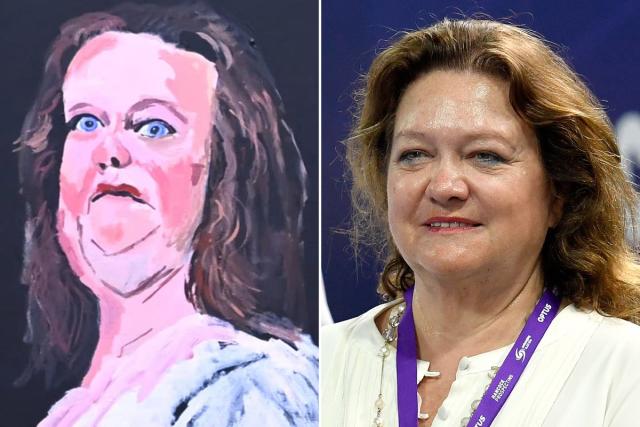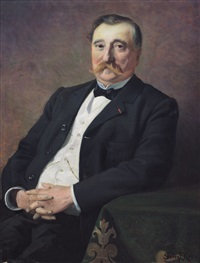The art world is buzzing after billionaire philanthropist and art collector James McNally publicly called for the removal of an “unflattering” portrait from the National Gallery of Australia (NGA). The controversial piece, a contemporary depiction of McNally himself, has ignited a fierce debate about artistic expression, personal dignity, and the influence of wealthy patrons on public art institutions.
The Portrait and Its Reception
The portrait in question, painted by avant-garde artist Fiona Henderson, was commissioned by the NGA as part of a series celebrating Australia’s most influential figures. The piece, characterized by its bold brushstrokes and abstract interpretation, depicts McNally in a less-than-flattering light, emphasizing his physical imperfections in a style some critics have described as “brutally honest.”
Upon its unveiling, the portrait drew mixed reactions from the public and art critics. While some praised Henderson’s fearless approach and her departure from traditional, idealized representations, others found the depiction to be harsh and unbecoming of a figure of McNally’s stature.
McNally’s Reaction
James McNally, known for his extensive contributions to the arts, including significant donations to the NGA, was reportedly displeased with the portrayal. In a recent interview, he stated, “I am a firm believer in artistic freedom, but this piece crosses the line into disrespect. It does not capture my spirit or contributions, and I believe it does not belong in the National Gallery.”
McNally has formally requested the NGA to remove the portrait from public display, citing its potential to misrepresent his legacy. His request has put the NGA in a difficult position, balancing the respect for their patron against the integrity of artistic expression.
Artistic Community’s Response
The call for removal has sparked a robust response from the artistic community. Many artists and critics argue that the portrait should remain, viewing the piece as a legitimate expression of Henderson’s artistic vision and a commentary on public figures’ vulnerability. Renowned art critic Sarah Kendall remarked, “Art is meant to provoke and challenge. Removing this portrait would set a dangerous precedent where powerful individuals can dictate the content of public galleries.”
The National Gallery of Australia’s Stance
The NGA has yet to make a formal decision regarding the portrait’s future. In a statement, the gallery’s director, Nick Mitzevich, acknowledged the sensitivity of the situation. “We are carefully considering all perspectives in this matter. The National Gallery of Australia values artistic integrity and the support of our patrons. We will make a decision that honors both these principles.”
Broader Implications
This controversy highlights ongoing tensions in the art world regarding patronage and creative freedom. As art institutions increasingly rely on the financial support of wealthy donors, instances like this raise questions about how much influence these patrons should wield over artistic content.
Conclusion
The debate over Fiona Henderson’s portrait of James McNally is far from over. It serves as a potent reminder of the delicate balance between artistic expression and the interests of influential benefactors. The outcome of this dispute will likely have lasting implications for how public art institutions navigate these complex relationships in the future.
As the NGA deliberates, the art world watches closely, aware that this decision will resonate far beyond the walls of the gallery, potentially shaping the future dynamics between artists, patrons, and public art institutions worldwide.
























